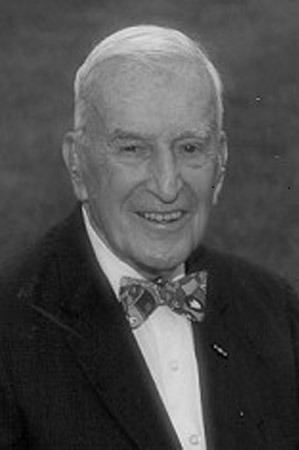Name Lauriston Taylor | ||
 | ||
Born 1 June 1902Brooklyn, New York ( 1902-06-01 ) Fields Physicist,Radiation research scientist Institutions Bell LaboratoriesMemorial Hospital (New York City, New York)National Bureau of Standards Books Radiation Protection Standards, Organization for radiation protection Institution Bell Labs, Memorial Sloan Kettering Cancer Center, National Institute of Standards and Technology | ||
John W. Poston, Sr., Lauriston S. Taylor Lecture
Lauriston S. Taylor (1 June 1902 – 26 November 2004) was an American physicist known for his work in the field of radiation protection and measurement.
Contents
- John W Poston Sr Lauriston S Taylor Lecture
- Career
- Accolades
- Vignettes of early radiation workers
- Interview subjects
- References
Career
He established standards for X-ray radiation exposure for the first time in the 1920s, which eventually led to a group of government organizations that set the standards over the next 50 years. Taylor remained active in debates about radiation exposure into his 80s, often advocating the viewpoint that small doses of radiation were not important.
Accolades
He served as president of the Health Physics Society (HPS) from 1958 to 1959. He was a recipient of the Medal of Freedom, and the Presidential Bronze Star (then the highest military award that could be given to a civilian).
Vignettes of early radiation workers
In 1977 the Food and Drug Administration of the U.S. Department of Health and Human Services initiated a series of 25 recorded interviews with early radiation workers to provide an historical overview of their research and discoveries primarily in the fields of medical physics, radiation, and radiobiology. Lauriston S. Taylor moderated the series and also was an interview subject.
